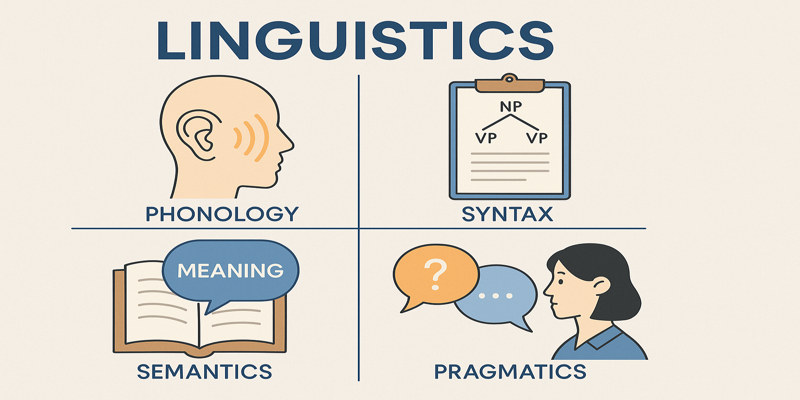Employee relations play a fundamental role in the success and sustainability of any organisation. The term refers to the relationship between employers and employees, and it is primarily concerned with ensuring effective communication, addressing workplace conflicts, and maintaining a positive organisational culture. Effective employee relations contribute to improved employee morale, reduced turnover rates, and overall organisational performance. This article explores the significance of maintaining positive employee relations, drawing upon research from academic journals, textbooks, and reliable web sources.
1.0 The Role of Human Resource Management (HRM)
Human Resource Management (HRM) is critical in fostering positive employee relations within an organisation. As outlined by Gomez-Mejia et al. (2016), HRM is responsible for managing employee relations, addressing workplace conflicts, and creating a conducive environment that promotes open communication and collaboration. HR professionals act as mediators between the management and employees, ensuring that both parties’ interests are adequately represented.
HRM encompasses a range of functions aimed at improving employee relations, such as developing fair grievance procedures, implementing employee welfare programmes, and promoting a healthy work-life balance. By addressing employee concerns promptly and fairly, HR professionals contribute to a positive work environment, which, in turn, improves employee retention and overall organisational performance (Gomez-Mejia et al., 2016).
2.0 Communication and Employee Engagement
Effective communication is crucial for maintaining healthy employee relations. According to Dessler (2020), open and transparent communication channels between management and employees help build trust, reduce misunderstandings, and enhance engagement. Employee engagement, defined as the emotional commitment an employee has towards their organisation, is positively correlated with organisational performance (Robinson, 2006). Employees who feel valued and heard are more likely to be motivated and productive.
One of the most effective ways to promote employee engagement is through regular feedback mechanisms. Organisations that implement continuous feedback systems, such as performance appraisals and employee satisfaction surveys, are better equipped to identify potential issues early and address them proactively (Dessler, 2020). Moreover, involving employees in decision-making processes fosters a sense of ownership and responsibility, which further strengthens their commitment to the organisation (Robinson, 2006).
3.0 Conflict Resolution in the Workplace
Conflicts are an inevitable aspect of workplace dynamics, and the way they are managed significantly affects employee relations. As Armstrong and Taylor (2017) argue, unresolved conflicts can lead to decreased morale, higher stress levels, and increased employee turnover. Therefore, it is crucial for organisations to develop and implement conflict resolution strategies that are fair, transparent, and accessible to all employees.
HR professionals play a pivotal role in managing workplace conflicts by acting as neutral mediators. According to Colquitt et al. (2019), conflict resolution should focus on addressing the root cause of the issue rather than merely treating its symptoms. This can be achieved through mediation sessions, where both parties are encouraged to express their concerns openly, followed by a collaborative approach to finding a mutually agreeable solution.
Furthermore, creating a workplace culture that promotes respect, diversity, and inclusion can help prevent conflicts from arising in the first place. Organisations that foster inclusivity are less likely to experience discrimination, harassment, or other forms of workplace conflict, which ultimately contributes to better employee relations (Colquitt et al., 2019).
4.0 Organisational Culture and Employee Relations
A positive organisational culture is essential for maintaining strong employee relations. Culture encompasses the values, beliefs, and behaviours that shape the way employees interact with one another and with the organisation as a whole. According to Schein (2010), a healthy organisational culture promotes collaboration, respect, and innovation, which directly influences employee satisfaction and engagement.
HR departments can actively shape organisational culture by promoting core values such as teamwork, integrity, and open communication. As stated by Purce (2014), an organisation’s culture is often reflected in its policies and practices, such as flexible working hours, diversity initiatives, and employee recognition programmes. These policies not only enhance employee satisfaction but also foster loyalty, leading to higher retention rates and a more motivated workforce.
Maintaining positive employee relations is critical to the overall success and sustainability of an organisation. HRM plays a central role in managing employee relations by facilitating communication, addressing conflicts, and promoting a positive organisational culture. Effective employee relations lead to higher employee engagement, reduced turnover rates, and enhanced organisational performance. By investing in employee welfare and fostering a culture of open communication and collaboration, organisations can create a healthy work environment where employees feel valued and motivated to contribute to the organisation’s success.
References:
Armstrong, M. and Taylor, S. (2017) Armstrong’s Handbook of Human Resource Management Practice. 14th ed. London: Kogan Page.
Colquitt, J.A., LePine, J.A., and Wesson, M.J. (2019) Organisational Behaviour: Improving Performance and Commitment in the Workplace. 6th ed. New York: McGraw-Hill Education.
Dessler, G. (2020) Human Resource Management. 16th ed. Harlow: Pearson Education Limited.
Gomez-Mejia, L.R., Balkin, D.B., and Cardy, R.L. (2016) Managing Human Resources. 8th ed. London: Pearson.
Purce, J. (2014) “The Impact of Corporate Strategy on Human Resource Management”. New Horizons in Management. 12(1), pp. 45-56.
Robinson, D. (2006) “Employee Engagement: A Review of Current Thinking”. Institute for Employment Studies. pp. 3-17.
Schein, E.H. (2010) Organisational Culture and Leadership. 4th ed. San Francisco: Jossey-Bass.













